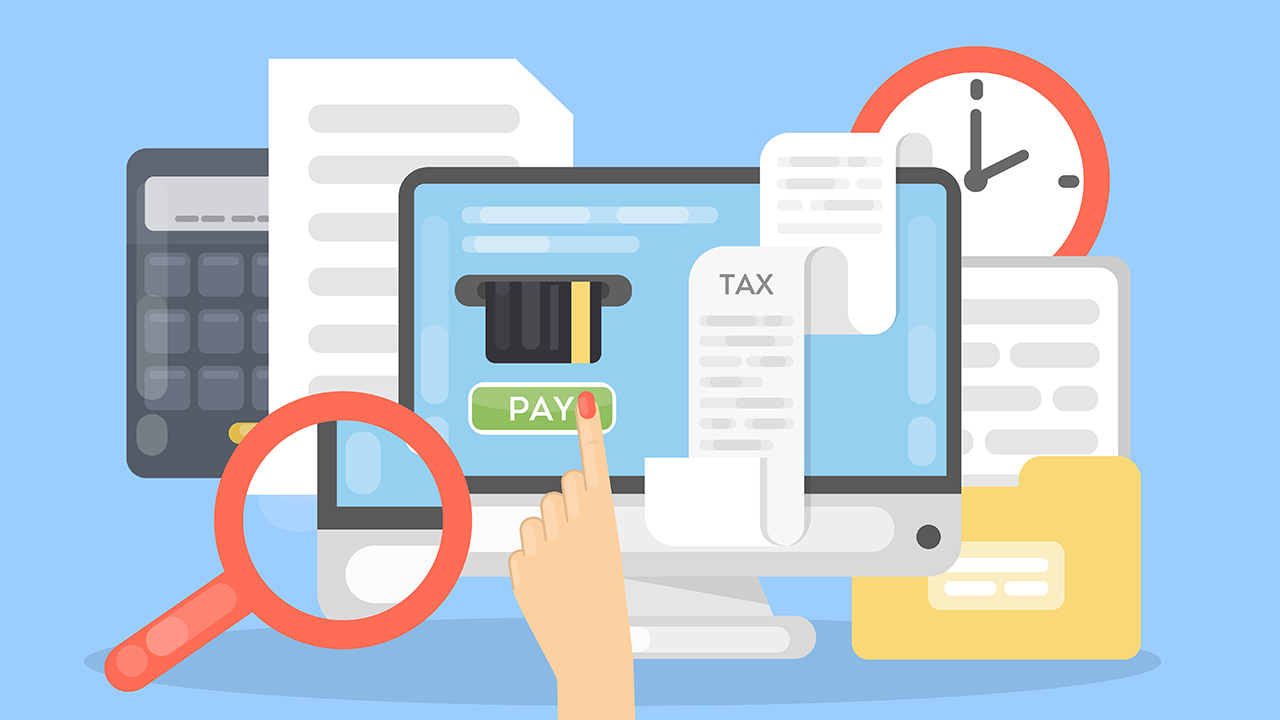People who receive a regular paycheck from an employer often don’t think too much about paying income taxes. That’s because income taxes are usually withheld from their gross pay and submitted to the IRS by their employer.
However, some individuals — typically sole proprietors, independent contractors and partners and LLC members — don’t have taxes automatically withheld from their income. They may be required to pay income tax via a different system that’s been set up to ensure that the IRS (and, as required, their state) receives tax payments from them regularly.
Income With No Withholding or From Multiple Sources
Income for which there is usually no withholding can take many different forms, including business and self-employment income, investment dividends and interest, capital gains, alimony and prizes. If you receive any of these income types, estimated tax payments may be required in order to avoid penalties.
What about individuals whose income comes from multiple sources? With some, taxes have been withheld and, with others, taxes have not been withheld. It’s possible to artificially inflate the withholding from one source to cover the tax attributable to the others.
For instance, if you’re an employee with a consulting business on the side, you may direct your employer to withhold an extra amount to cover the tax you’ll owe on the consulting income. This strategy also is appropriate for an S corporation shareholder with income derived from both a salary and the business’s flow-through earnings.
Figuring Out Your Estimated Payments
There are different ways to determine how much you should pay in estimated tax. For many people, the simplest way is to pay based on the prior year’s tax. For those whose income is earned relatively evenly throughout the year, and doesn’t fluctuate dramatically from year to year, this method may be preferred.
If your income is earned somewhat sporadically, however, you may prefer to use the annualized method. Under that scenario, you “pay as you go” based on your current-year income.
Regardless of the method chosen, estimates are due four times a year: on the 15th of April, June and September of the current tax year and January of the following tax year.
So exactly how much is required to be paid in estimated taxes? According to the IRS, at least 90% of your eventual tax liability for the current year must be paid — or 100% (110% for some taxpayers) of your tax liability from the previous year.
The required amount may be paid through a combination of estimates and withholding. Suppose, for instance, that based on your 2017 tax liability you owe $10,000 for 2018 estimates, and you won’t have any withholding this year. So long as you pay $2,500 per quarter, then regardless of the amount of your eventual tax liability for 2018, you won’t incur a penalty for underpayment of estimated tax. Alternatively, if your 2018 withholding is $4,000, your required quarterly estimates drop to $1,500. Either way, you’ll still owe the extra tax.
Pay the Right Amount
It’s critical not only to pay estimated taxes on time, but also to accurately determine how much each estimated tax payment should be. A qualified tax advisor can help you determine your estimated tax obligations and compute the right amount of tax to pay.
© 2017
